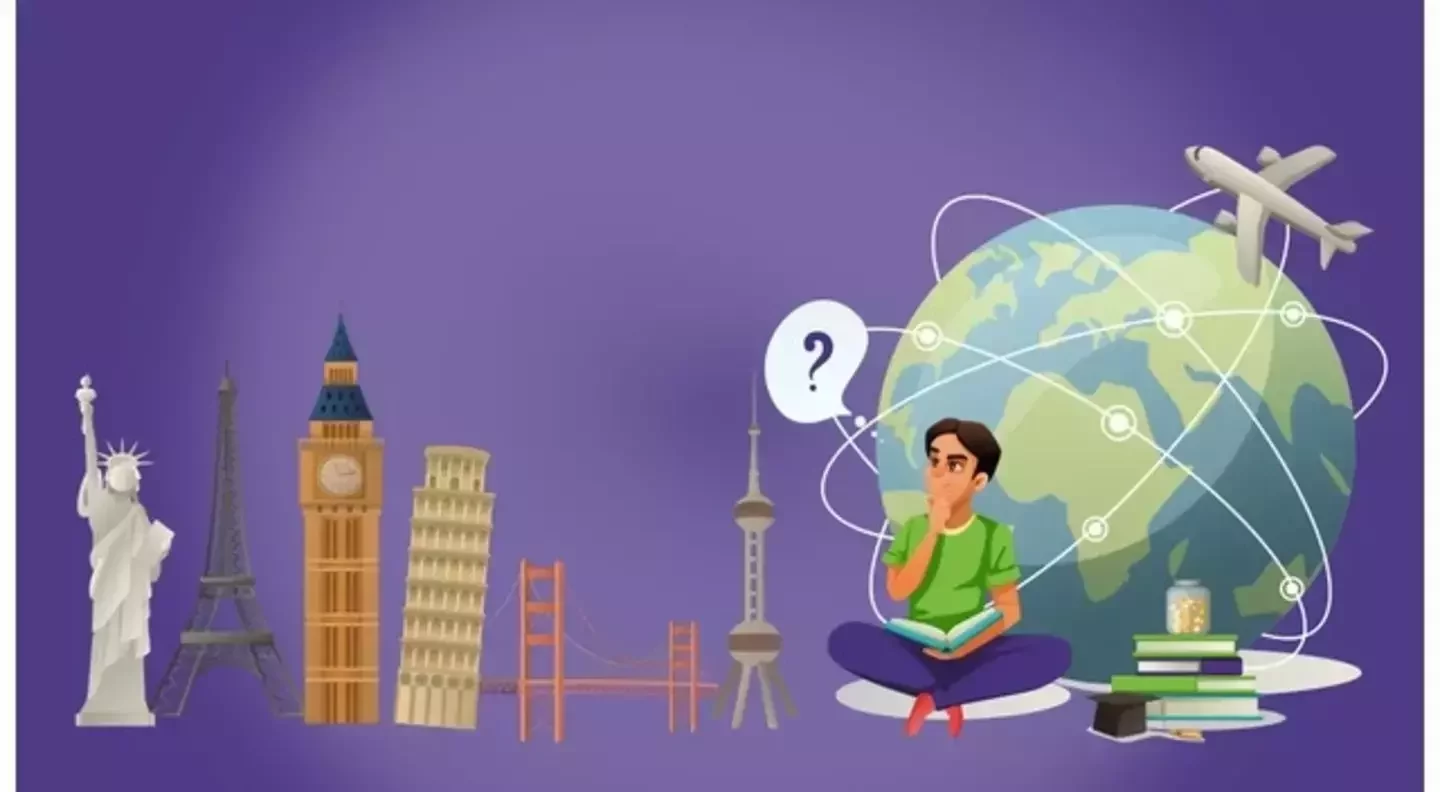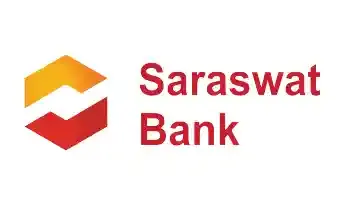Get instant loan offer suitable to your profile !


On this Page:
Find the top 10 countries with best education system in the world to study abroad. Read GyanDhan’s guide on top countries for education including USA, UK, Canada, Netherlands, Denmark, Australia, Sweden, Germany, Switzerland, and France.
Key takeaways from the blog:
 Diverse Education: Countries offer varied systems, research to vocational, catering to learning styles.
Diverse Education: Countries offer varied systems, research to vocational, catering to learning styles.
 Cultural Fit: Consider cultural alignment when choosing a study destination.
Cultural Fit: Consider cultural alignment when choosing a study destination.
 Top 10 Rankings: US News ranks best education systems, reflecting quality and opportunities.
Top 10 Rankings: US News ranks best education systems, reflecting quality and opportunities.
 Brief Insights: Blog outlines top countries' education structures – primary, secondary, higher education.
Brief Insights: Blog outlines top countries' education structures – primary, secondary, higher education.
Education systems vary greatly across different countries, in terms of quality, effectiveness, and cost. When considering studying abroad, it's crucial to understand the best education system in the world and determine whether it aligns with your academic goals and learning style. Countries like the US and UK are known for their prestigious universities and research-oriented education systems. On the other hand, countries like Germany and Switzerland offer more vocational and practical education systems that are focused on equipping students with hands-on skills.
Cultural and social factors also play a significant role in the effectiveness of an education system. A country's cultural environment can impact a student's overall experience, and it's essential to ensure that the chosen destination is welcoming and accommodating to international students. In this blog, we bring the top 10 education countries in the world where we will deconstruct the nation with best education systems

Let's look at the top 10 countries with the best education systems in the world according to US News and World Report focuses on two factors, the opportunity index, and the quality index.
 The Global Opportunity Index is one of the most suitable metrics to get an understanding of economic, institutional, and financial factors before deciding the best education system in the world.
The Global Opportunity Index is one of the most suitable metrics to get an understanding of economic, institutional, and financial factors before deciding the best education system in the world.
 The Quality Index helps determine how healthy, educated, well-employed, and economically secure a country is, along with its physical safety, etc.
The Quality Index helps determine how healthy, educated, well-employed, and economically secure a country is, along with its physical safety, etc.
| Country (US News Ranking 2022) | Quality Index | Opportunity Index |
|---|---|---|
|
USA |
78.2 |
69.75 |
|
UK |
72 |
68.74 |
|
Australia |
70.5 |
67.52 |
|
Netherland |
70.3 |
67.21 |
|
Sweden |
70.1 |
66.96 |
|
France |
69.9 |
66.3 |
|
Denmark |
69.8 |
62.54 |
|
69.8 |
60.01 |
|
|
Germany |
69.5 |
60.64 |
|
Switzerland |
68.3 |
60.12 |
A brief overview of the education system of these countries is mentioned below:
Struggling with Your Admissions?

Education system of the United States of AmericaThe education system in the US is decentralized and varies across states, but it generally follows a similar structure. The system includes both public and private schools. Here is a brief overview of the education system in the United States:



For more information, go through our complete guide on US education system
Evaluate your Chances of MS in US Admissions

The education system in the UK is one of the best country for education and is decentralized and operates differently across its four countries - England, Scotland, Wales, and Northern Ireland. Here is a brief overview of the education system in England, which is the largest country in the UK:





Read more about: Education System in UK

The best country for education, Australia is highly centralized and operates across the country's six states and two territories. Here is a brief overview of the education system in Australia:





Compare your Target Universities

The education system in the Netherlands is highly decentralized and divided into three levels - primary, secondary, and tertiary education. Here is a brief overview of the education system in the Netherlands:





The Swedish education system is highly decentralized and places a strong emphasis on student-centred learning and development. It is also known for its strong focus on equality and inclusivity.



Read also:
Scholarship for Indian Students to Study Abroad
Guide to Public Universities in the USA
Guide to Public Universities in Germany
Guide to Public Universities in Canada
Best education loan in India for study abroad
How To Convert A Grade In India To The US 4.0 GPA Scale?
Education Loan Without Collateral For Abroad Studies

French education system is highly centralized and places a strong emphasis on academic achievement. It is also known for its rigorous entrance exams and highly selective institutions of higher education.



Check Your Education Loan Eligibility

Ask from a community of 10K+ peers, alumni and experts
Trending Blogs
Similar Blogs

Network with a community of curious students, just like you
Join our community to make connections, find answers and future roommates.. Join our CommunityCountry-Wise Loans
Best Lenders for Education Loan

ICICI Bank

Axis Bank

Union Bank

Prodigy

Auxilo

Credila

IDFC

InCred

MPower

Avanse

SBI

BOB

Poonawalla

Saraswat